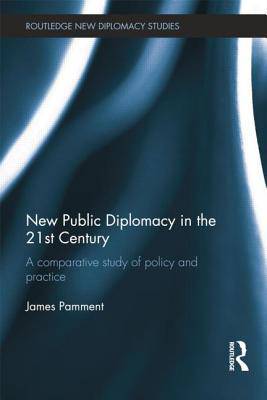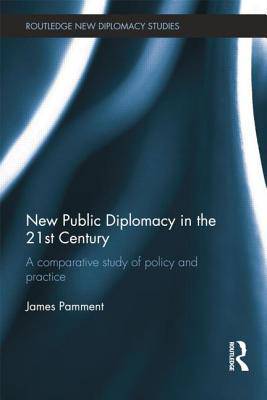
- Retrait gratuit dans votre magasin Club
- 7.000.000 titres dans notre catalogue
- Payer en toute sécurité
- Toujours un magasin près de chez vous
- Retrait gratuit dans votre magasin Club
- 7.000.0000 titres dans notre catalogue
- Payer en toute sécurité
- Toujours un magasin près de chez vous
Description
This book examines the concept of new public diplomacy against empirical data derived from three country case studies, in order to offer a systematic assessment of policy and practice in the early 21st century.
The new public diplomacy (PD) is a major paradigm shift in international political communication. Globalisation and a new media landscape challenge traditional foreign ministry 'gatekeeper' structures, and foreign ministries can no longer lay claim to being sole or dominant actors in communicating foreign policy. This demands new ways of elucidating foreign policy to a range of nongovernmental international actors, and new ways of evaluating the influence of these communicative efforts.
The author investigates the methods and strategies used by five foreign ministries and cultural institutes in three countries as they attempt to adapt their PD practices to the demands of the new public diplomacy environment. Drawing upon case studies of US, British, and Swedish efforts, each chapter covers national policy, current activities, evaluation methods, and examples of individual campaigns.
This book will be of much interest to students of public diplomacy, foreign policy, political communication, media studies and international relations in general.
Spécifications
Parties prenantes
- Auteur(s) :
- Editeur:
Contenu
- Nombre de pages :
- 184
- Langue:
- Anglais
- Collection :
Caractéristiques
- EAN:
- 9781138789371
- Date de parution :
- 27-02-14
- Format:
- Livre broché
- Format numérique:
- Trade paperback (VS)
- Dimensions :
- 152 mm x 226 mm
- Poids :
- 385 g

Les avis
Nous publions uniquement les avis qui respectent les conditions requises. Consultez nos conditions pour les avis.






